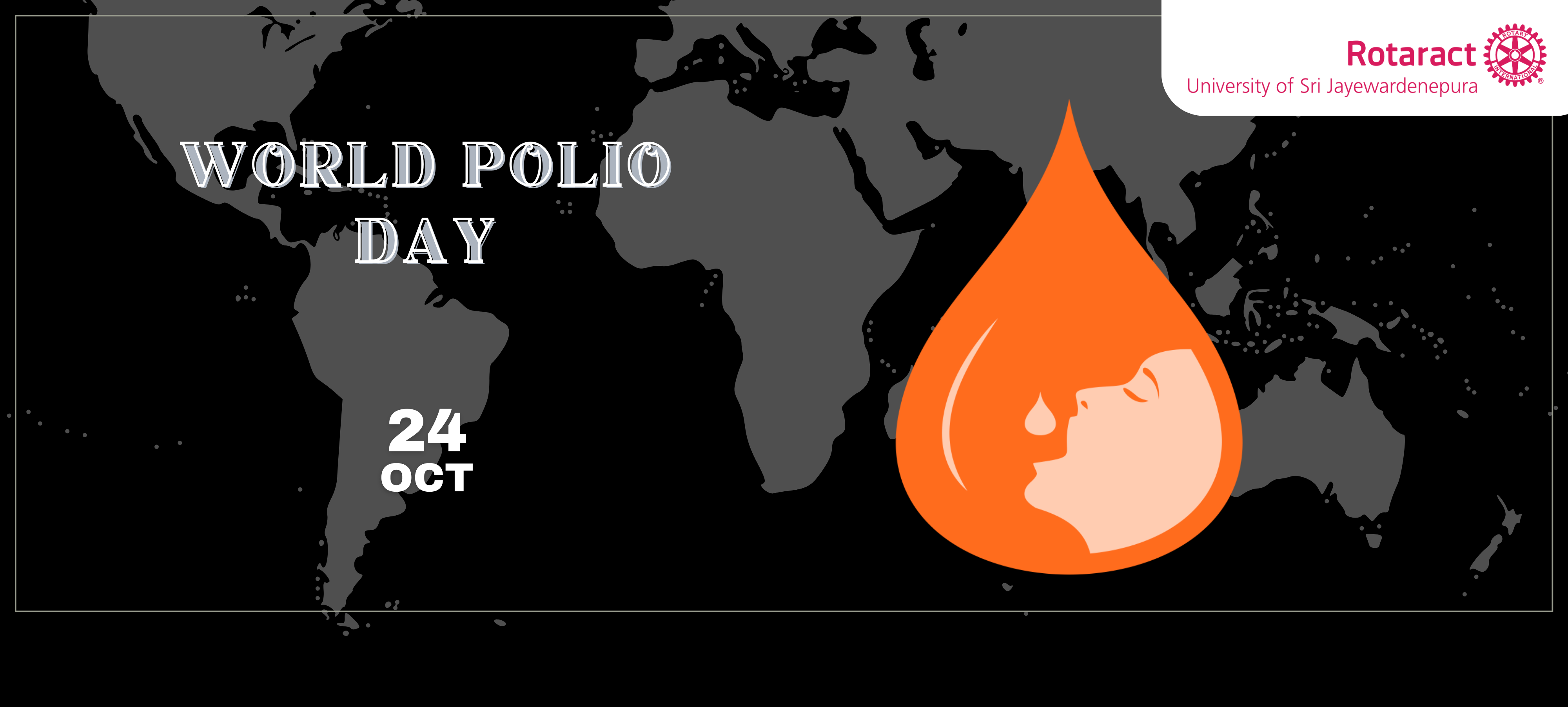Every year, on October 24th, the world unites to observe World Polio Day, a day dedicated to raising awareness about polio, celebrating the progress made in its eradication, and renewing the global commitment to eliminate this wrecking disease once and for all. While the world has made remarkable strides in reducing polio cases, the fight against this disease continues. World Polio Day was established by Rotary International, a global service organization, in 1985 to commemorate the birth of Dr. Jonas Salk, who developed the first effective polio vaccine. Since then, this day has become a crucial part of the global effort to end polio. World Polio Day serves as a reminder of the importance of continued vaccination campaigns, research, and support for those who have been affected by polio.

In 1988, the World Health Assembly adopted a resolution aimed at global polio eradication, marking the initiation of the Global Polio Eradication Initiative. This initiative, a collaborative effort involving national governments, the World Health Organization (WHO), Rotary International, the US Centers for Disease Control and Prevention (CDC), UNICEF, and later joined by the Bill & Melinda Gates Foundation and Gavi, the Vaccine Alliance, has played a pivotal role in reducing polio cases. The GPEI’s goal is to ensure that every child has access to the polio vaccine, strengthen surveillance and monitoring systems, and support countries in their efforts to eradicate the disease. Since 1988, wild poliovirus cases have plummeted by over 99%, decreasing from an estimated 350,000 cases in more than 125 endemic countries to a mere 6 reported cases in 2021. Of the three strains of wild poliovirus (types 1, 2, and 3), type 2 was eradicated in 1999, and type 3 was eradicated in 2020. As of 2022, wild poliovirus type 1 remains endemic in two countries, Pakistan and Afghanistan.
Polio, short for poliomyelitis, is a highly contagious and life-threatening viral disease primarily affecting children under the age of 5. This virus spreads through person-to-person contact, mainly through the fecal-oral route or occasionally via contaminated food and water. Once inside the body, it multiplies in the intestines and can then invade the nervous system, potentially causing paralysis. Polio manifests with a range of symptoms. Most individuals infected with the poliovirus remain asymptomatic. However, approximately 25% of those infected experience flu-like symptoms, such as a sore throat, fever, tiredness, nausea, headache, and stomach pain. These symptoms typically resolve within 2 to 5 days. A smaller percentage of individuals with poliovirus infection develop more severe symptoms, affecting the brain and spinal cord. This can include meningitis (infection of the spinal cord and/or brain), which occurs in about 1–5 out of 100 people with poliovirus infection, depending on the virus type. Paralysis, a severe symptom characterized by the inability to move parts of the body, occurs in about 1 out of 200 to 1 in 2000 people, depending on the virus type.

Paralysis is the most severe aspect of poliovirus infection, leading to permanent disability and, in some cases, death. Even those who seemingly recover can experience new symptoms, such as muscle pain, weakness, or paralysis, many years later. This condition is known as post-polio syndrome (PPS). It can also spread via droplets from a sneeze or cough, although this is less common. Infection occurs when individuals ingest the virus, usually by touching contaminated surfaces or objects and then transferring the virus to their mouths. An infected person can transmit the virus to others right before and up to two weeks after the onset of symptoms. Poliovirus can persist in an infected person’s intestines for several weeks, potentially contaminating food and water in unsanitary conditions. Alarmingly, even individuals without symptoms can still transmit the virus to others, making vaccination and sanitation essential components of polio eradication efforts.
As preventive measures, there are two vaccine types available to guard against polio, Inactivated poliovirus vaccine (IPV), administered via an injection in either the leg or arm, depending on the patient’s age or the Oral poliovirus vaccine (OPV) which is still utilized in many parts of the world. The polio vaccine equips children with the means to defend their bodies against the poliovirus. It is essential to ensure that all children receive the recommended doses of the vaccine to maintain immunity levels. In addition to vaccination, it is imperative to maintain good hand hygiene and regularly wash hands with soap and water. Alcohol-based hand sanitizers are ineffective in killing the poliovirus. On this awakening day, we shall raise awareness by sharing information, educating the community, and being involved in the eradication process by supporting vaccination campaigns to achieve a polio-free world sooner.
Written by: Rtr. Gayanjalee de Silva
Graphic design by: Rtr. Sathmi Dinanja



0 Comments